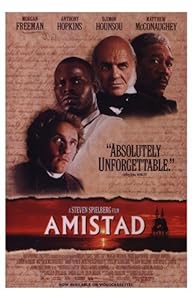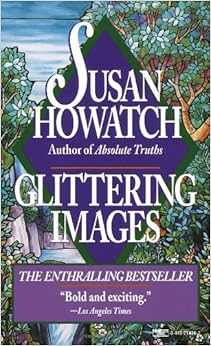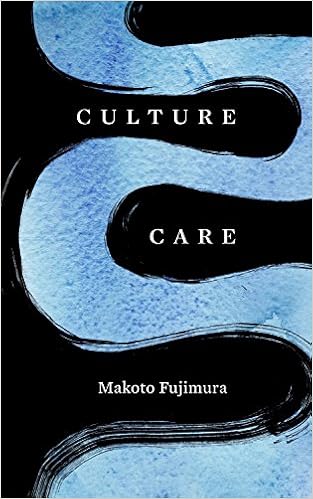“If, then, any one reviles us, irritates, stirs us up to violence, tries to make us quarrel; let us keep silence, let us not be ashamed to become dumb. For he who irritates us and does us an injury is committing sin, and wishes us to become like himself.” Ambrose, On the Duties of the Clergy
In the mass shooting at The Pulse nightclub we are witness to an amazing work of cultural deconstruction. The victims were in large measure gay men, many where young 20 somethings enjoying a night out with friends and partners. The shooter, a young man himself, proclaimed on the 911 call his allegiance to Islam and to ISIS. His acts were motivated out of a radical religious hatred of these men and the lifestyle they engaged in.
Regardless of our convictions toward the behavior of these individuals, both victims and shooter, we need to acknowledge the horrific loss. The individuals were each uniquely made in the image of God. Something has been taken from this Earth that can never be replaced. There life was unjustly taken from them before they really had a chance to live it. Even the shooter who is guilty of 50 cold-blooded murder is also victim of a much larger cultural force that has intellectually enslaved a vast portion of the world’s population.
One not familiar with the current culture war might be perplexed how the media has chosen to report the story. The larger culture has laid at the church’ doorstep the responsibility for the awful tragedy that was this mass shooting. The media has championed as war heroes men who where brought together because of very private, personal and intimate behavior. The government and media has silenced, as best as they can, the religious core which sparked this violence.
What are we to make of this reaction? Our first response, I suggest was what Russel Moore of the Southern Baptist Convention suggested 48 hours after the shooting. We aught to weep with those who weep. And acknowledge the fearful loss to those who were closest to the victims.
There is a titanic internal struggle happening in the larger culture. Which golden idol must we/do we value more? On one hand, The Pulse night club represents the most direct threat to the Judeo-Christian foundations of our culture. The gay community represents for many the fullest expression of the sexual revolution. With the shooting, that expression is threatened, and so too our larger culture’s desire for sexual liberty. On the other hand, is Christianity’s and historically speaking Western Civilization’s “greatest” foe. Islam has been masterfully portrayed as the ultimate victim of European and American culture. A historic set of slights that date back to 1099 and the first crusade. We are constantly prodded to treat with kids gloves an entire religion. What we have seen in the media is a scramble to weigh which group takes center stage in our culture’s theater of grievances.
Even if you disagree with my analysis, one is still left wondering what to do long term? Once the immediate grief, anger and shock has worn off, how must the church respond? Bishop Ambrose in his book On the Duties of the Clergy suggests one strategy. Remain silent. Remain silent as to avoid falling into sin by saying to much. Remain silent as Christ remained silent at his trial. What is happening in our culture is a clash of cultural false idols. As their struggle for supremacy continues, they will undercut each other, chopping both of them off at the knees. Neither Islam of the Gay agenda can stand the brutal beating of reality in God’s created universe. Both will fall and be destroyed.
If action is required let it be inspired by the action of the cross. It is not without irony and paradox that the most beautiful image in Christianity is also one of the ugliest, the crucification of Christ. Makato Fujimura, artist, Christian, and director of the Brehm Center states that beauty appeals, delights, invites and refreshes the individual who beholds it. Works of beauty “are worth of scrutiny, rewarding to contemplate, deserving of pursuit.” In a world filled with broken idols, the soon to broken idols, the cross, and the acts of beauty inspired by it, will be the only things left standing in the rumble.
Note: this Post originally published in the Tractarian a publication of The Anglican Cathedral Church of Ephiphany.
Note: this Post originally published in the Tractarian a publication of The Anglican Cathedral Church of Ephiphany.










